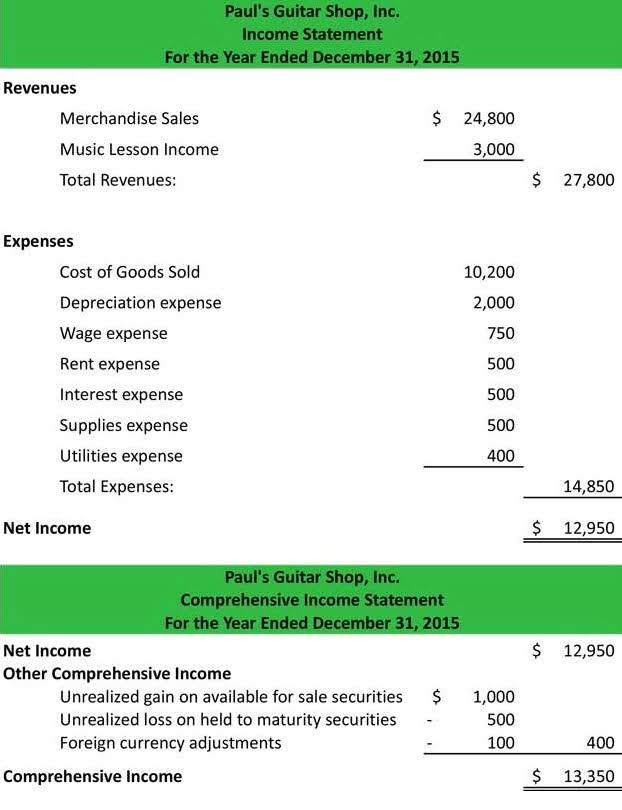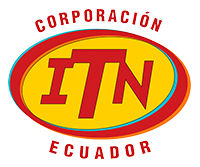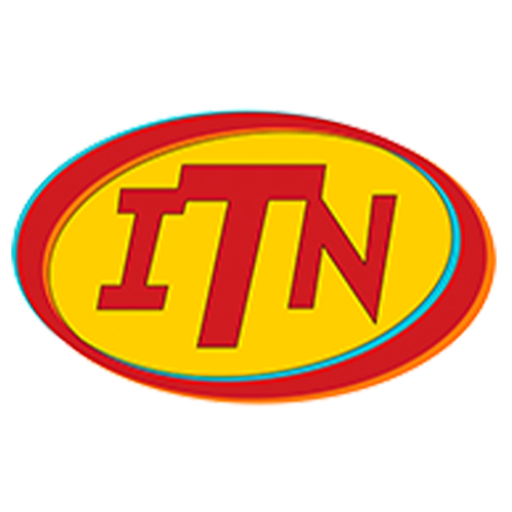Double Declining Balance Depreciation: Formula & Calculation

Yes, the IRS allows businesses to use accelerated depreciation methods, such as DDB, for tax purposes. However, it is essential to consult with a tax professional to ensure compliance with all tax regulations. Straight-line depreciation is a depreciation method where the asset is depreciated at a constant rate over its useful life. DDB depreciation is an accelerated depreciation method where the asset is depreciated faster in its earlier years of life. The inclusion of the DDB function is crucial in financial analysis as it enables calculation of accelerated depreciation on assets.
- The DDB method involves multiplying the book value at the beginning of each fiscal year by a fixed depreciation rate, which is often double the straight-line rate.
- This method allows businesses to write off more of an asset’s cost in the early years, which can help reduce taxable income during those years.
- Adjusting for partial-year depreciation ensures an accurate reflection of an asset’s value when it is acquired or disposed of at any point other than the start or end of a fiscal year.
- One of the reasons DDB is considered an accelerated depreciation method is its focus on aligning expenses with the asset’s performance and value.
- Consider a widget manufacturer that purchases a $200,000 packaging machine with an estimated salvage value of $25,000 and a useful life of five years.
When is the Double Declining Method used?
Understanding how to calculate and apply this method can provide valuable insights into asset management and financial planning. Depreciation is a fundamental concept in accounting, representing the allocation of an asset’s cost over its useful life. Various depreciation methods are available to businesses, each with its own advantages and drawbacks. One such method is the Double Declining Balance Method, an accelerated depreciation technique that allows for a more significant portion of an asset’s cost to be expensed in the earlier years of its life.

Difference between DDB and other Excel functions

• The function does not take any salvage value of the asset, which would be inaccurate calculations in cases where there is a residual value. • This method allocates more depreciation expense at the beginning of an asset’s life; it results in lower income during those periods compared to other depreciation methods. • The function ensures all necessary inputs such as cost, salvage value, useful life, and period are inputted correctly to avoid any miscalculations. The double declining balance method is considered accelerated because it recognizes higher depreciation expense in the early years of an asset’s life. By applying double the straight-line depreciation rate to the asset’s book value each year, DDB reduces taxable income initially. The double declining balance method of recording transactions depreciation, also known as the 200% declining balance method of depreciation, is a form of accelerated depreciation.
- The double declining balance (DDB) method is notable for its accelerated approach to asset depreciation, impacting a company’s reported earnings and tax liabilities by front-loading depreciation expenses.
- Under Straight Line Depreciation, we first subtracted the salvage value before figuring depreciation.
- The carrying value of an asset decreases more quickly in its earlier years under the straight line depreciation compared to the double-declining method.
- For instance, if a car costs $30,000 and is expected to last for five years, the DDB method would allow the company to claim a larger depreciation expense in the first couple of years.
- Once the asset is valued on the company’s books at its salvage value, it is considered fully depreciated and cannot be depreciated any further.
- Using depreciation in your accounting allows you to match up the cost of the asset with the revenue it helps generate.
How to Use an Excel Template for Monthly Depreciation Calculation
For instance, in the fourth year of our example, you’d depreciate $2,592 using the double declining method, or $3,240 using straight line. Consider a scenario where a company leases a fleet of cars for its sales team. These cars are crucial for the business, but they also lose value quickly due to high mileage and wear and tear. Using the DDB method allows the company to write off a larger portion of the car’s cost in the first few years. This higher initial depreciation aligns with Bakery Accounting the rapid decrease in the car’s value and the heavy use in the early years.

- For example, if an asset has a useful life of five years, the straight-line rate would be 20%, making the double declining rate 40%.
- It is therefore specifically important for accountants to understand the different methods used in depreciating assets as this constitutes an important area to be taken care of by accounting professionals.
- Continue this until the asset’s book value approaches its salvage value or until the asset is fully depreciated.
- With the double declining balance method, you depreciate less and less of an asset’s value over time.
- The Excel SLN function returns the depreciation of an asset for one period, calculated with a straight-line method.
- The book value should not fall below the asset’s salvage value, the estimated residual value at the end of its useful life.
The goal of the annuity method of depreciation is to achieve a steady rate of return on a property. It is most frequently applied to much ddb formula more pricey capital assets with longer estimated useful lives. In summary, the Double Declining Balance method is ideal for assets that lose value quickly and for businesses looking to manage their tax liabilities effectively.
- Suppose a company purchases a piece of machinery for $10,000, and the estimated useful life of this machinery is 5 years.
- Firms depreciate assets on their financial statements and for tax purposes in order to better match an asset’s productivity in use to its costs of operation over time.
- It is a bit more complex than the straight-line method of depreciation but is useful for deferring tax payments and maintaining low profitability in the early years.
- First, determine the annual depreciation expense using the straight line method.
- You get more money back in tax write-offs early on, which can help offset the cost of buying an asset.

